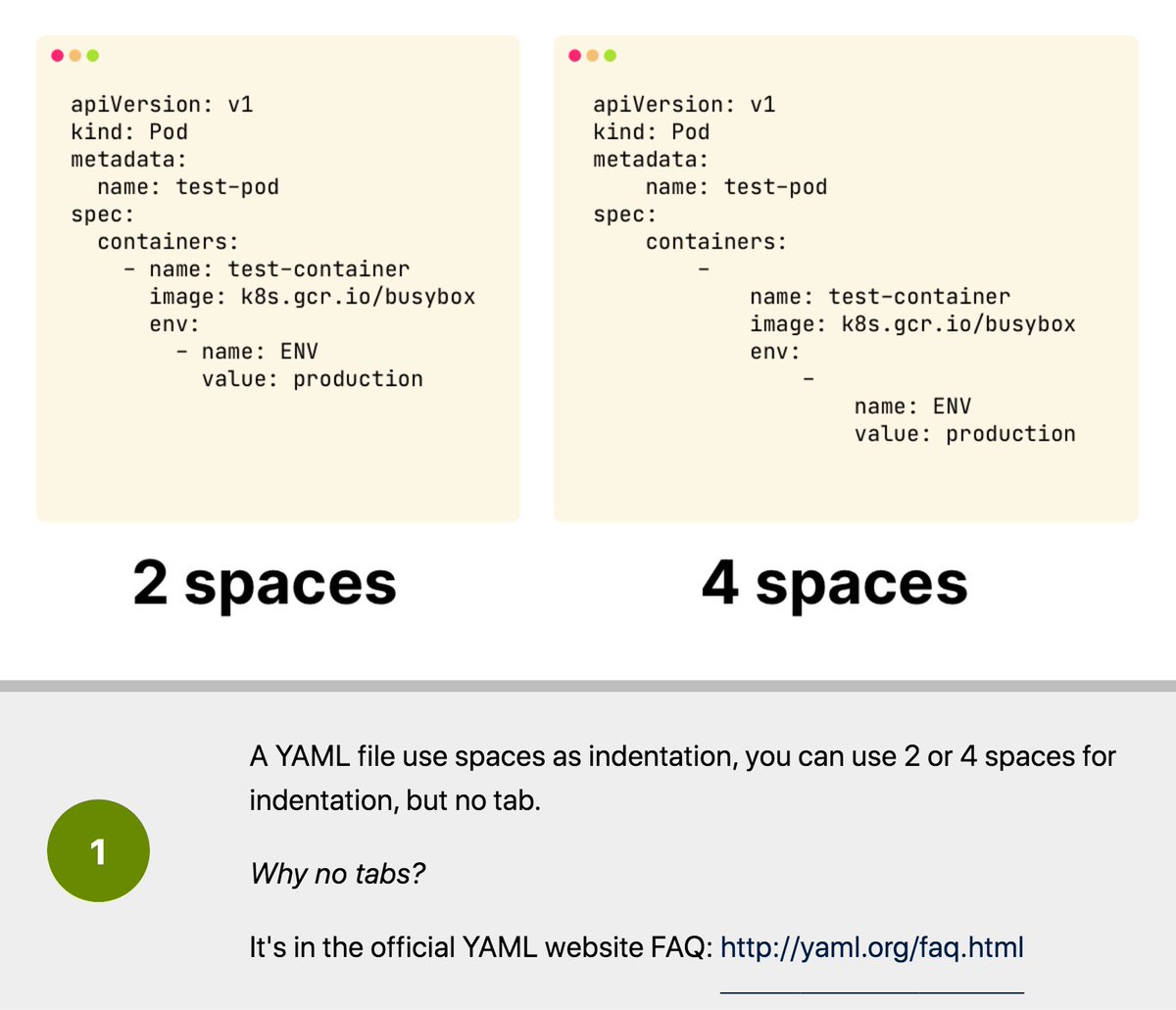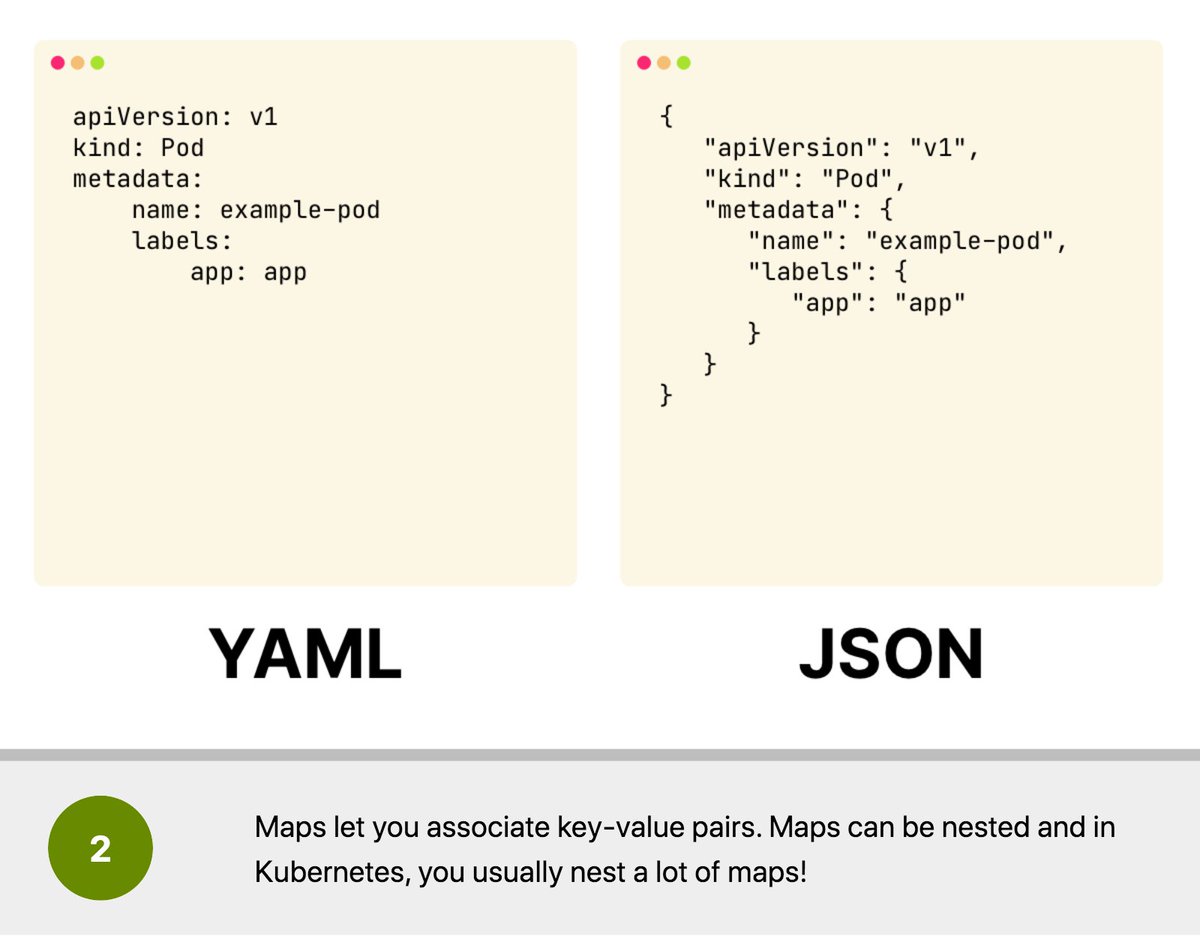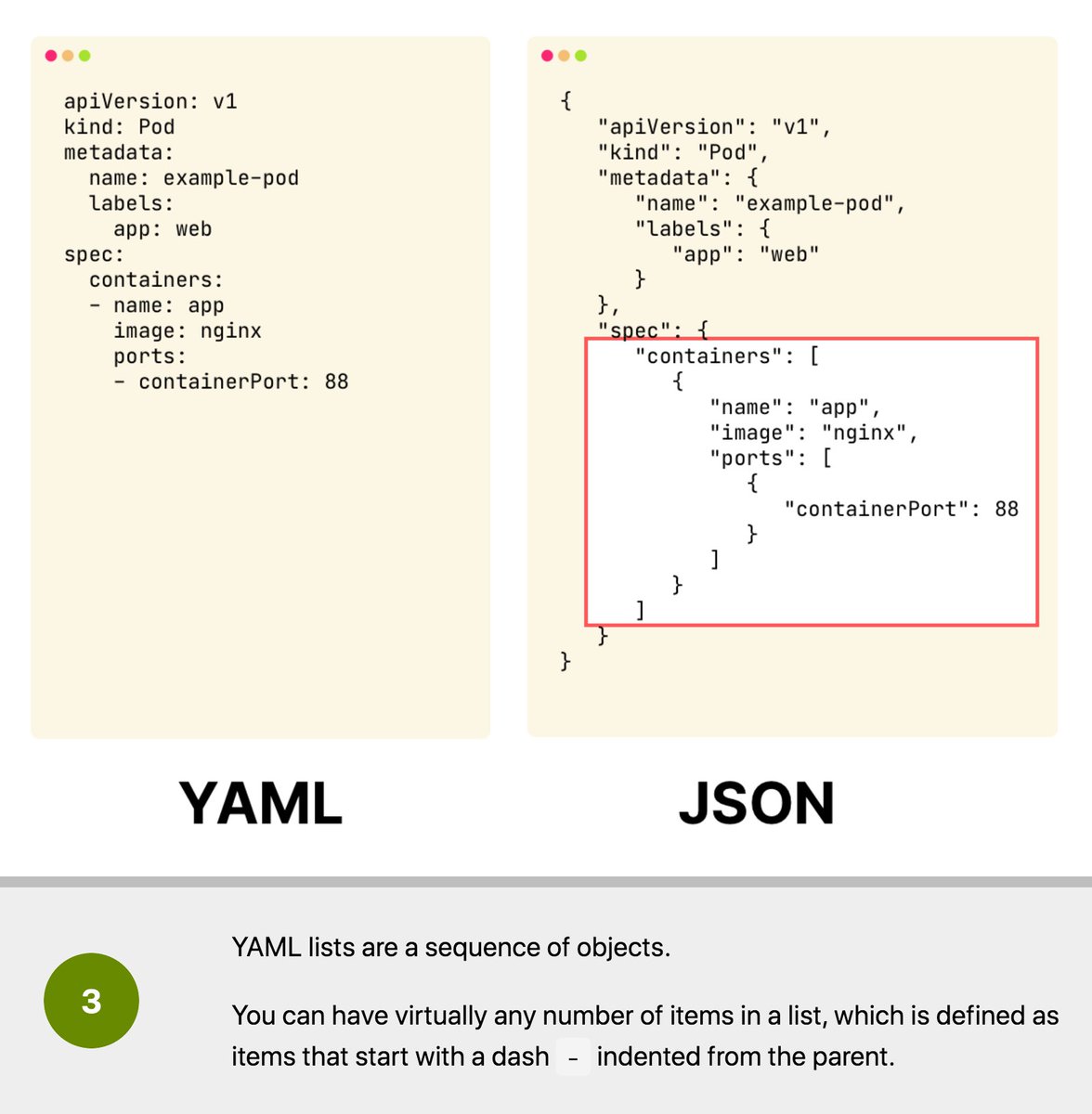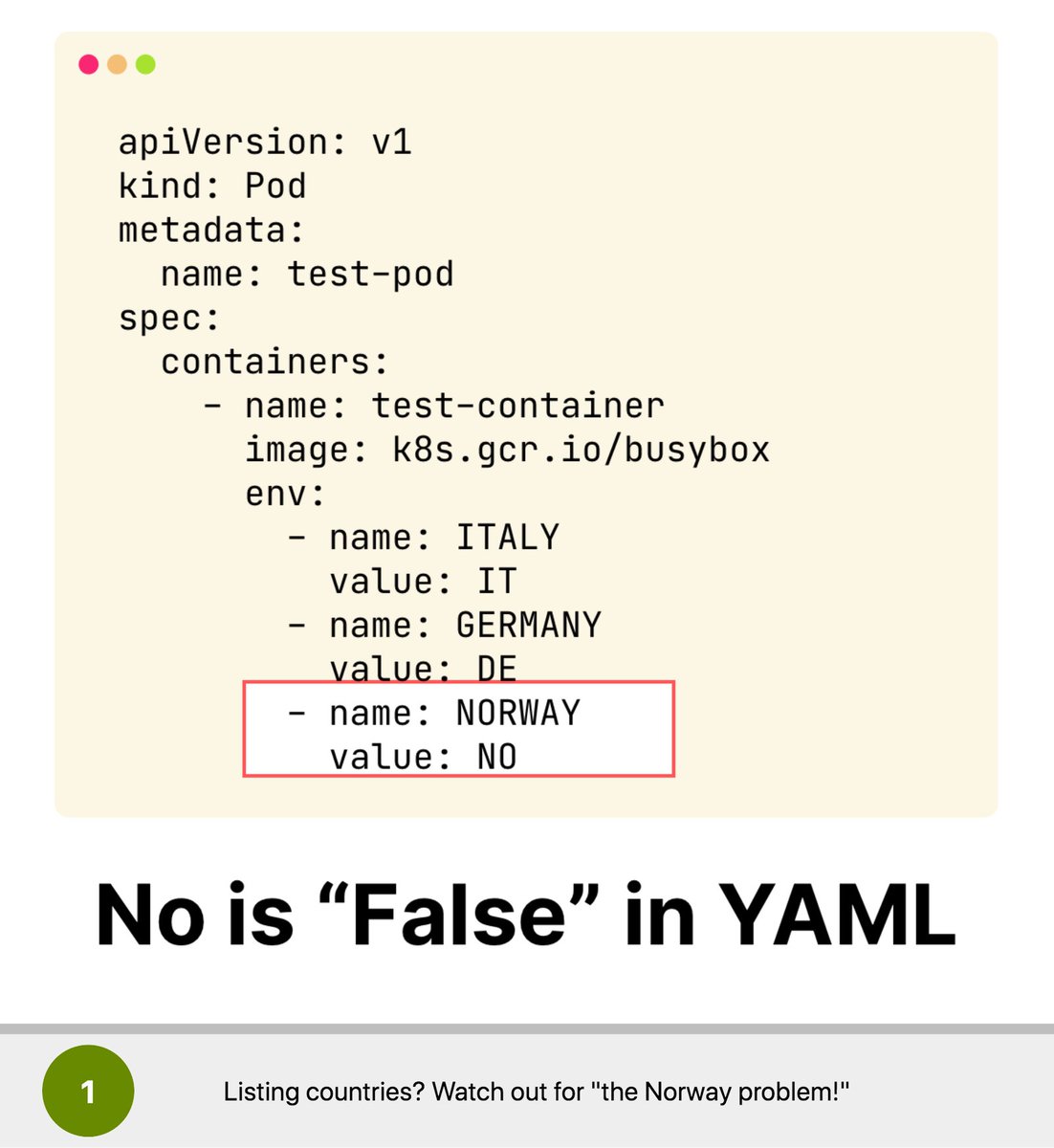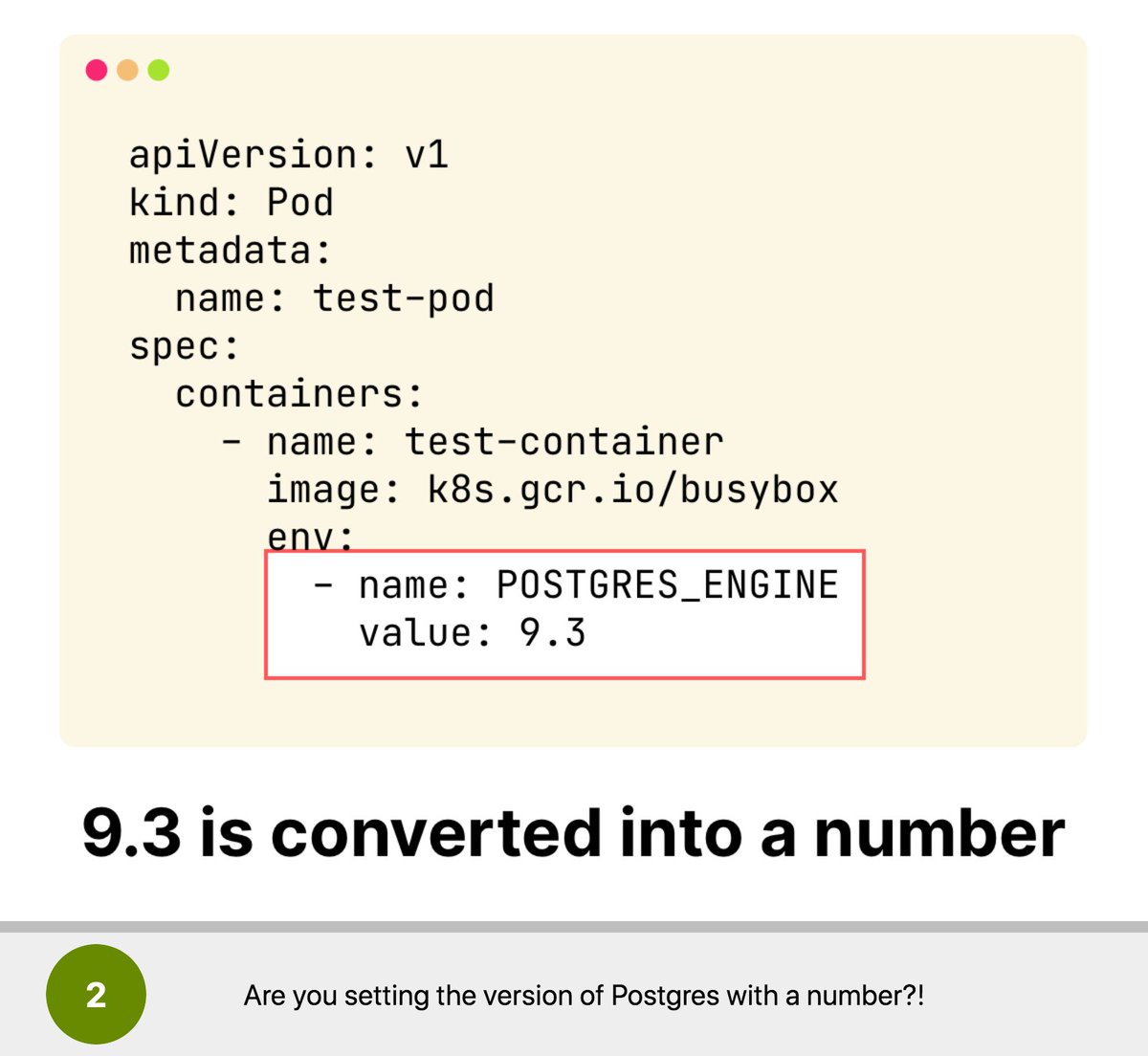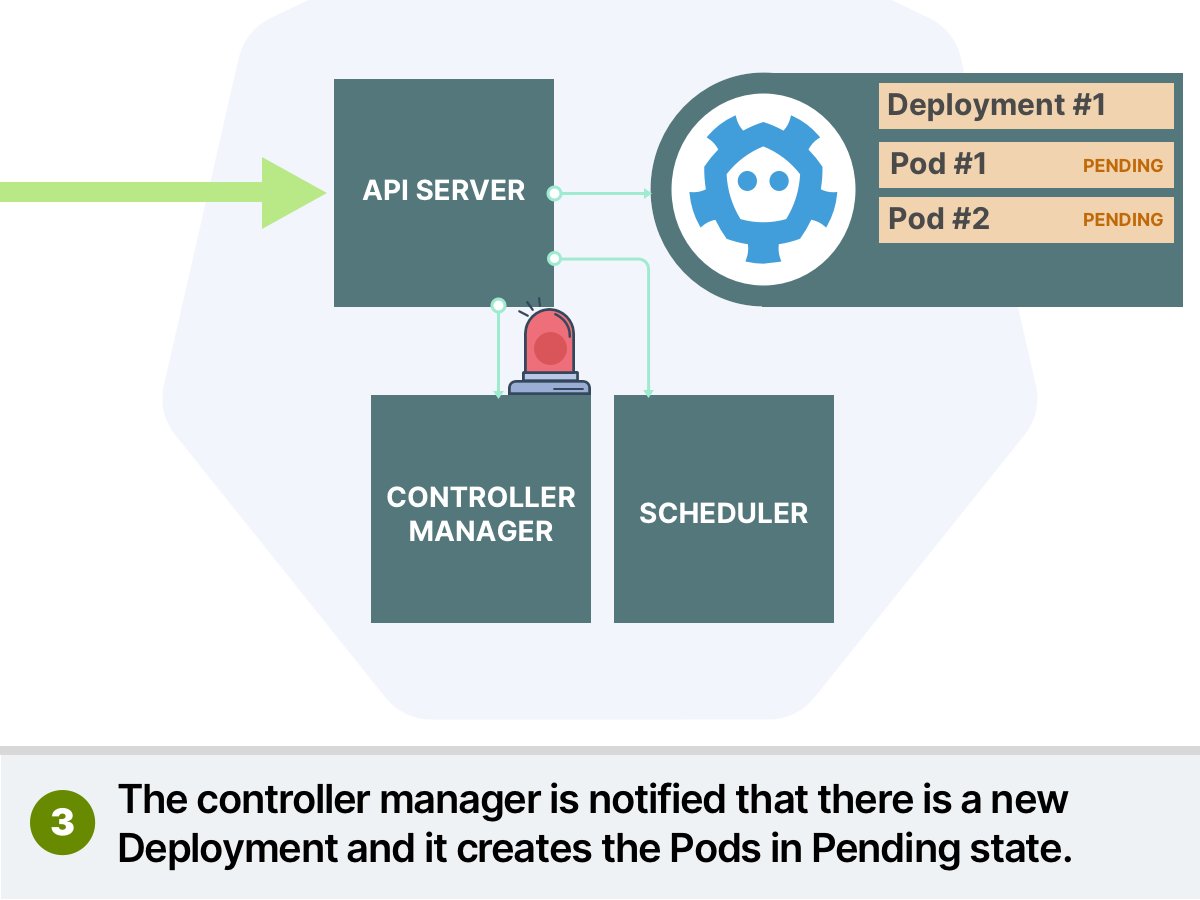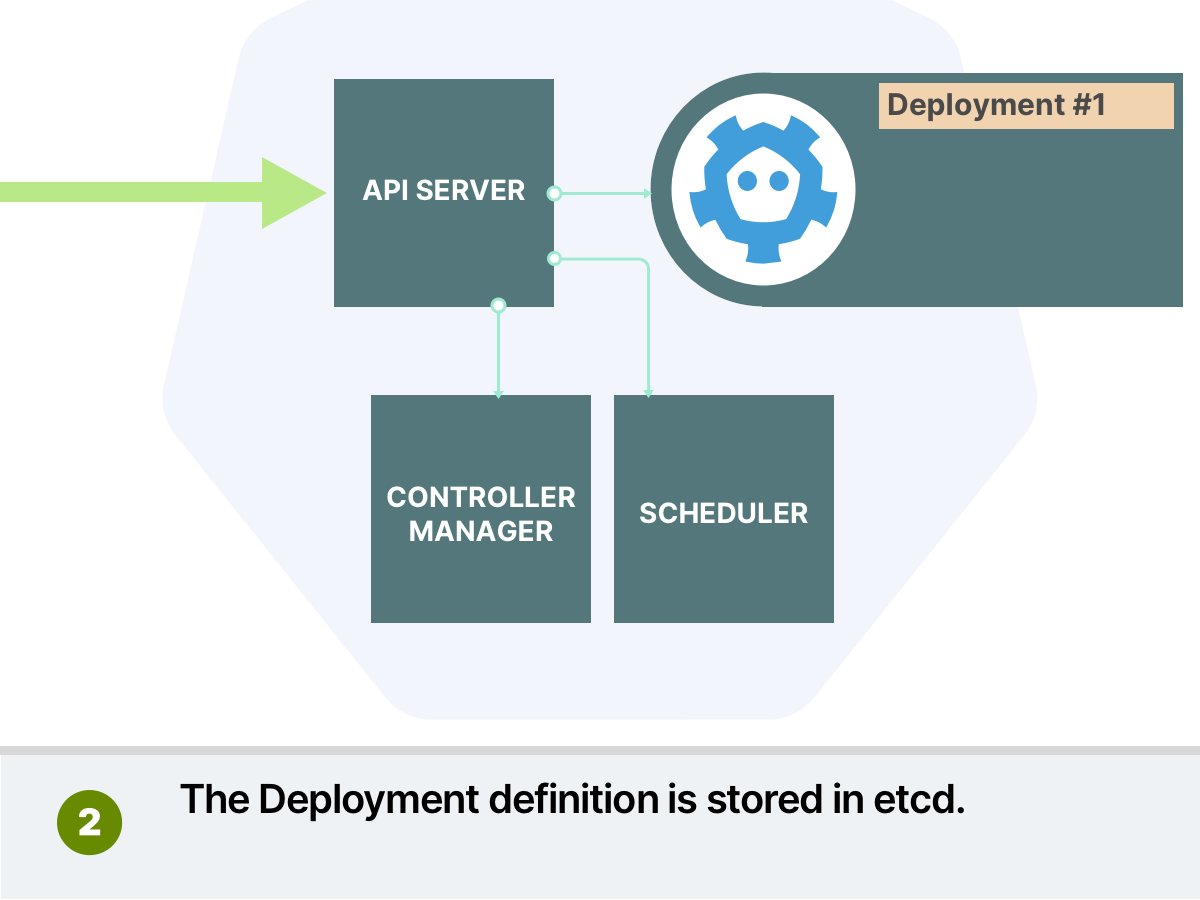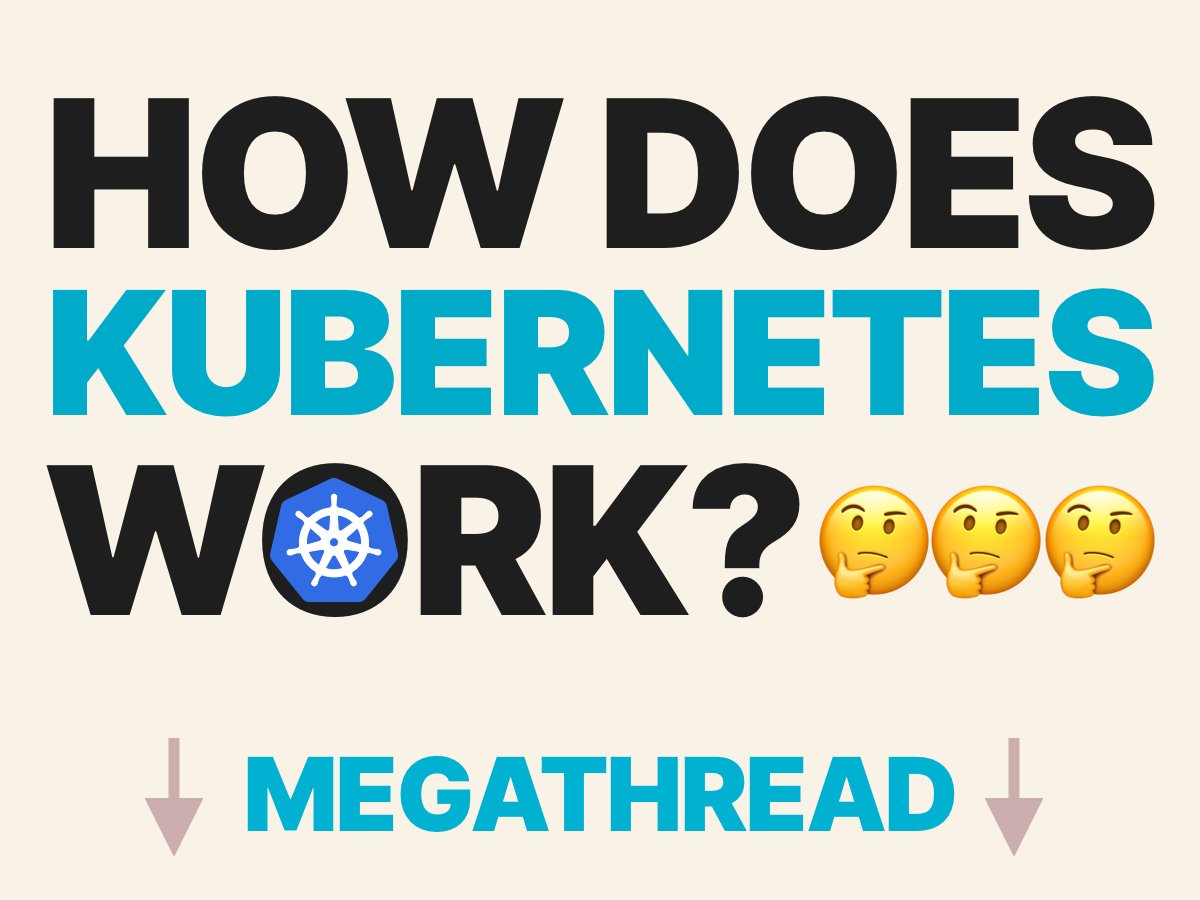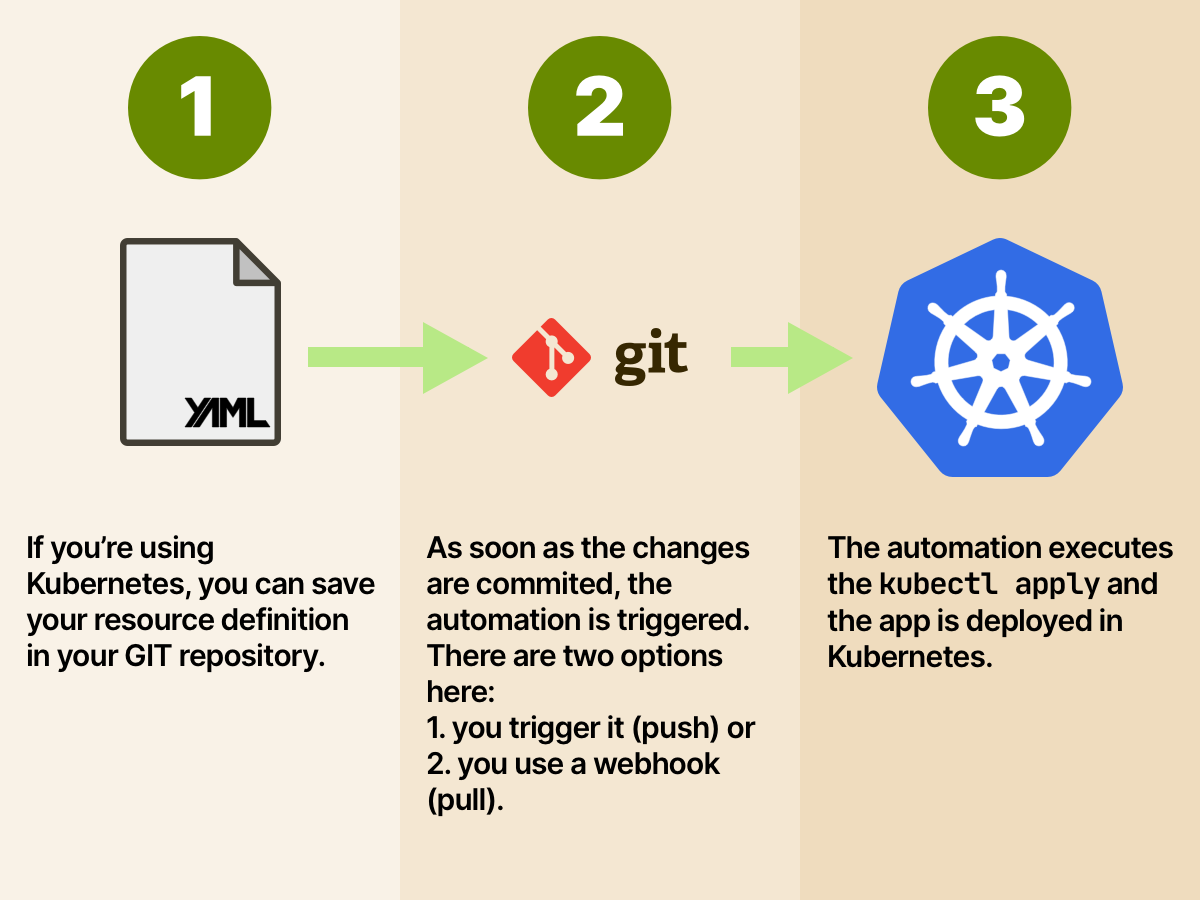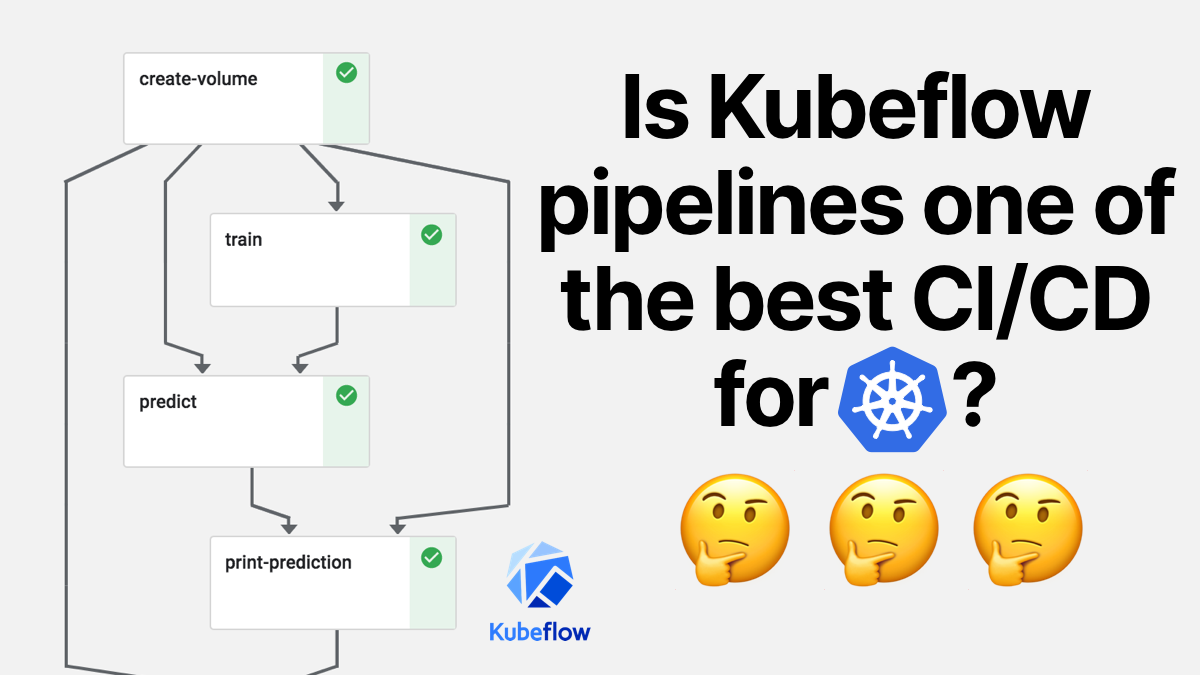
1/
Most service meshes use Envoy as a proxy and for good reasons:
1. It's fully open-source
2. It can be customised on-the-fly via an API
3. It can be extended


Most service meshes use Envoy as a proxy and for good reasons:
1. It's fully open-source
2. It can be customised on-the-fly via an API
3. It can be extended
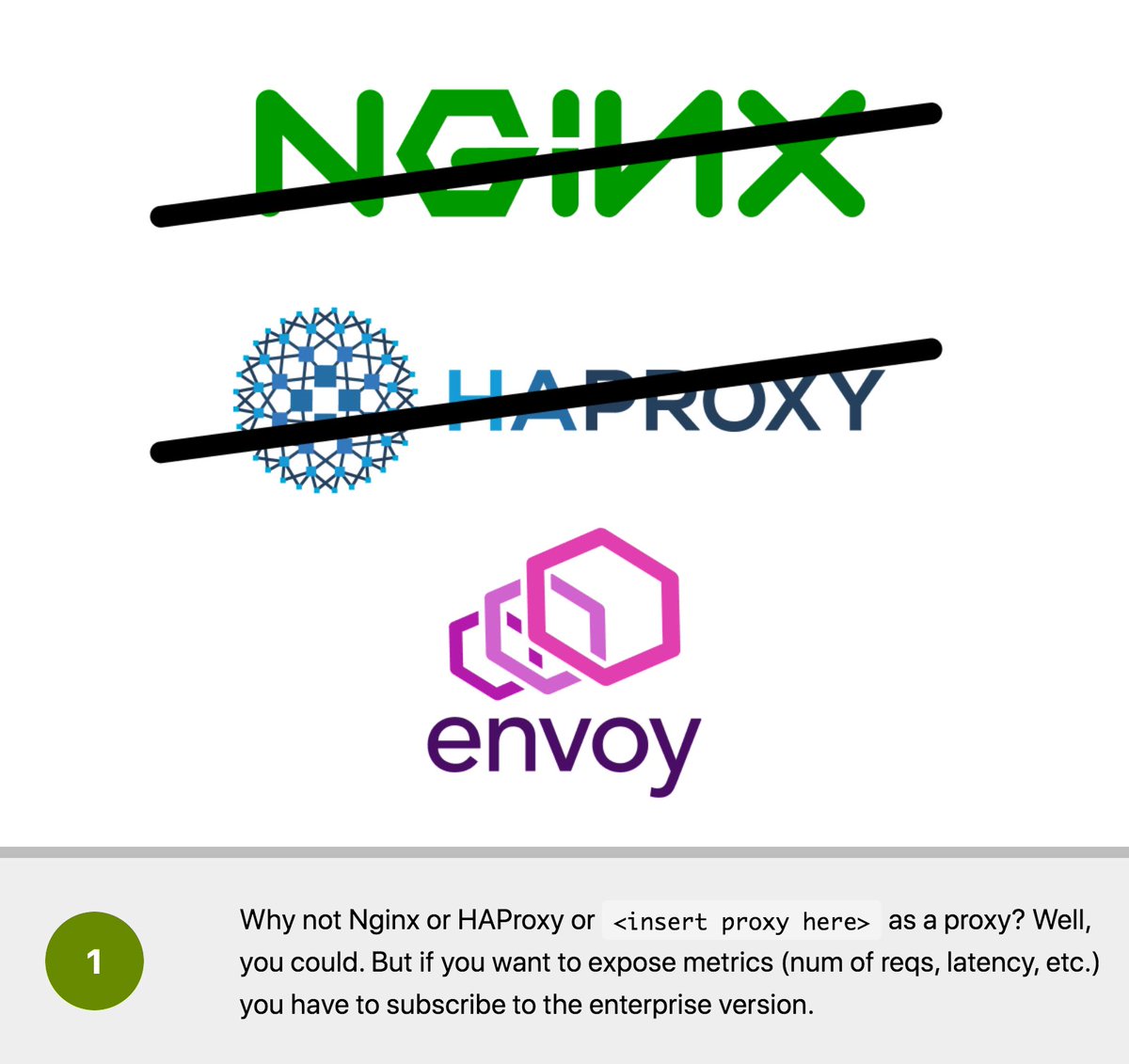


2/
Is there a service mesh without Envoy? Of course!
The best example is @Linkerd that uses a custom proxy written in Rust.
Linkerd is smaller and more focussed but it is also slower to add features.
And now there's a new entry: @nginx
Is there a service mesh without Envoy? Of course!
The best example is @Linkerd that uses a custom proxy written in Rust.
Linkerd is smaller and more focussed but it is also slower to add features.
And now there's a new entry: @nginx
3/
But isn't Nginx one of those products not fully open-source proxies?
Yes it is, but they made an exception.
When you run the Nginx Service Mesh you can use Nginx Plus (the paid product) as a proxy for free.
Great isn't it?
But isn't Nginx one of those products not fully open-source proxies?
Yes it is, but they made an exception.
When you run the Nginx Service Mesh you can use Nginx Plus (the paid product) as a proxy for free.
Great isn't it?
4/
How does the meshwork?
There are four main components:
- The API
- SPIRE (cert authority)
- NATS (message broker)
- Nginx Plus as a proxy
Grafana, Prometheus and Zipkin are automatically installed too.



How does the meshwork?
There are four main components:
- The API
- SPIRE (cert authority)
- NATS (message broker)
- Nginx Plus as a proxy
Grafana, Prometheus and Zipkin are automatically installed too.




5/
Ok, but how do you run it?
You can find my step-by-step instructions on how to get the mesh running locally on minikube.
gist.github.com/danielepolenci…
If you install the bookshop demo apps, you can inspect the mesh metrics in grafana, Prometheus, and jaeger.
Ok, but how do you run it?
You can find my step-by-step instructions on how to get the mesh running locally on minikube.
gist.github.com/danielepolenci…
If you install the bookshop demo apps, you can inspect the mesh metrics in grafana, Prometheus, and jaeger.
6/
Now the real question, is it good?
Short answer: I don't know. More testing is required.
However, I collected some pros and cons.
Let's start with the "not so good" parts.



Now the real question, is it good?
Short answer: I don't know. More testing is required.
However, I collected some pros and cons.
Let's start with the "not so good" parts.




8/
Here are some links that might be useful:
- nginx.com/blog/introduci…
- docs.nginx.com/nginx-service-…
- gist.github.com/danielepolenci…
Here are some links that might be useful:
- nginx.com/blog/introduci…
- docs.nginx.com/nginx-service-…
- gist.github.com/danielepolenci…
9/
How does Nginx Service Mesh compare with the other meshes?
F5 reached us @Learnk8s to help you answer that question.
You can find the comparison here docs.google.com/spreadsheets/d…
How does Nginx Service Mesh compare with the other meshes?
F5 reached us @Learnk8s to help you answer that question.
You can find the comparison here docs.google.com/spreadsheets/d…
10/
That's it!
Did you like this thread?
You might want to check out my mega thread on Kubernetes →
That's it!
Did you like this thread?
You might want to check out my mega thread on Kubernetes →
https://twitter.com/danielepolencic/status/1298543151901155330
• • •
Missing some Tweet in this thread? You can try to
force a refresh







